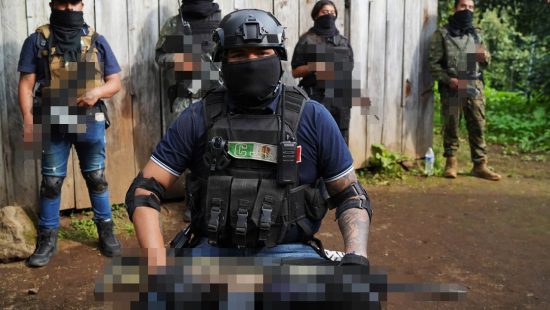A few days ago, President Donald Trump suggested to the media about the protests against ICE: “They will disappear, just wait a few days and people will get used to it.”
Tom Homan, director of U.S. Immigration and Customs Enforcement (ICE), has insisted that the operations will not stop and that they will increase.
It seems the fight is moving to the courts and the discussions to political arenas—from city halls to Congress and the federal Senate.
After the painful and successful week we experienced last week, it’s necessary to reassess what needs to be done to ensure the intensity of the mobilizations does not diminish.
On Sunday, a day after the massive marches against ICE, their agents continued operations in markets, swap meets in Los Angeles, and other areas of the county.
Trump announced a pause in raids on agricultural fields, hotels, and restaurants. But no one has confirmed this. However, even if such a truce were to happen, it doesn’t signal a slowdown in other service sectors or workplaces. In other words, betting on government fatigue or withdrawal is not an option.
Both organizations and politicians need to reconsider the best paths forward to keep up the pressure—peacefully.
The U.S. government is on a difficult path. In addition to the domestic agenda, there’s the international one. Ukraine, Russia, Iran, Israel, Africa, and others have drained the government’s capacity. If we add tariffs, we might believe we’re witnessing a government that feeds on conflict, not on strategic solutions that could make the country more functional.
And now, what?








